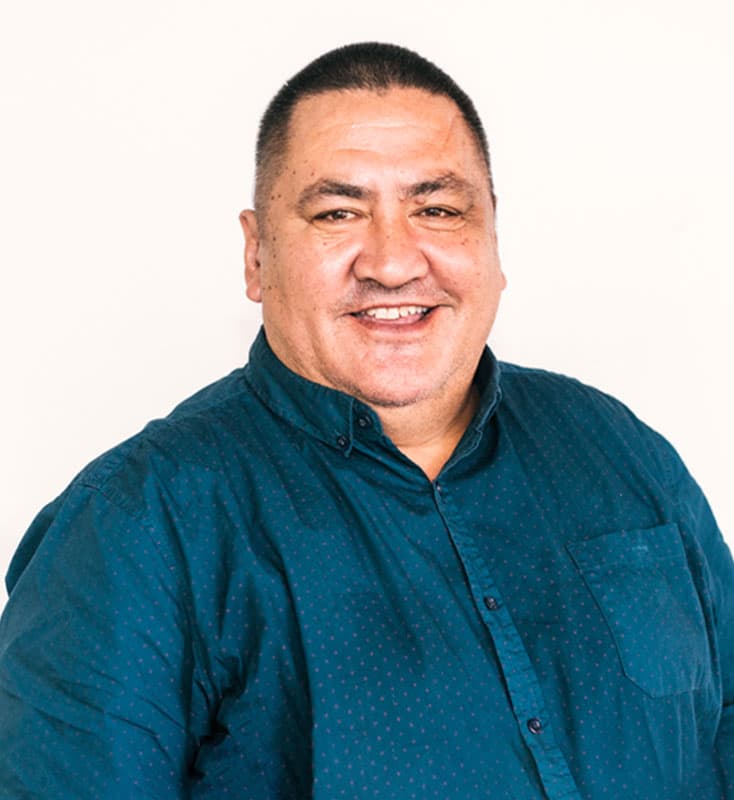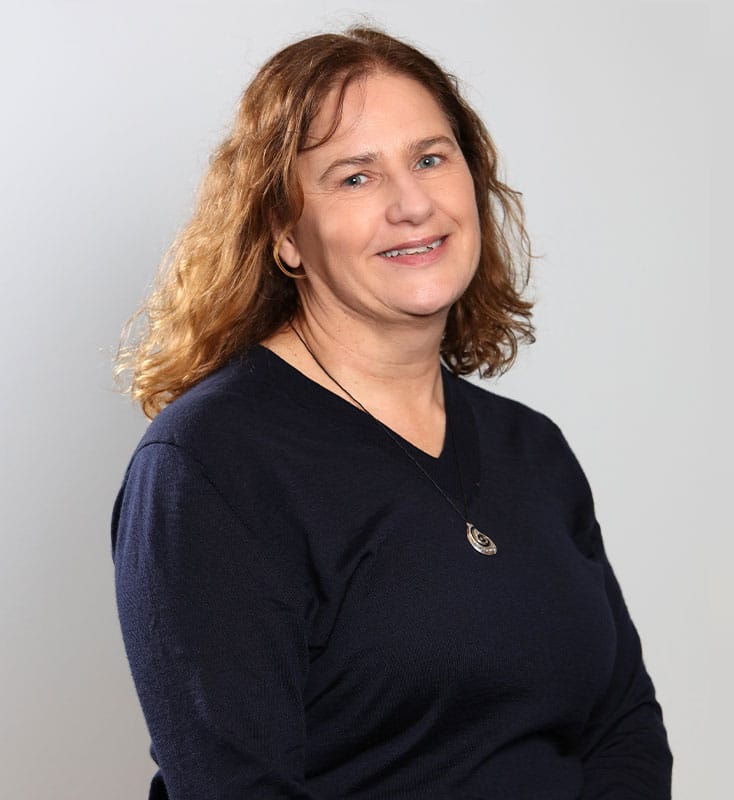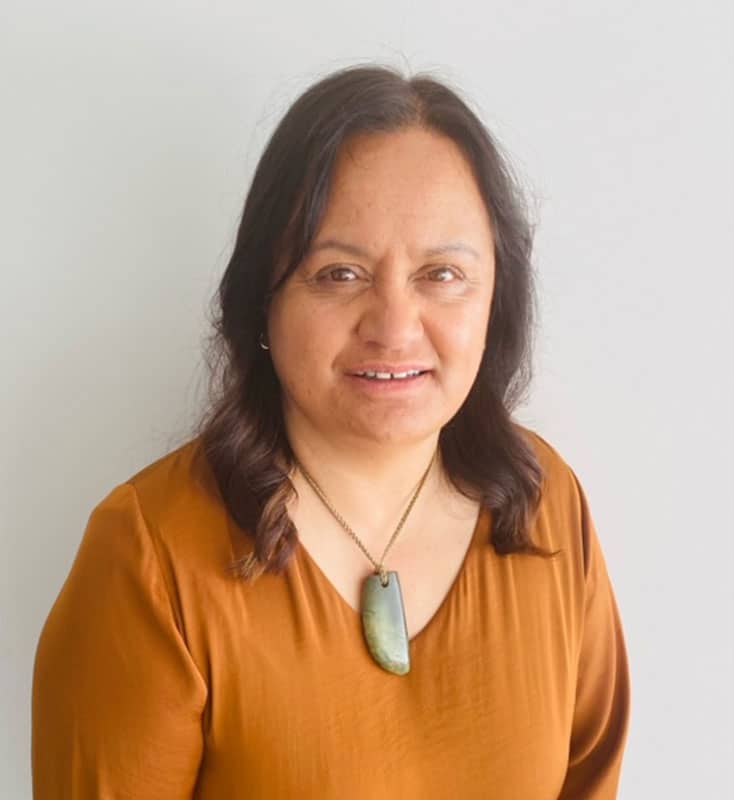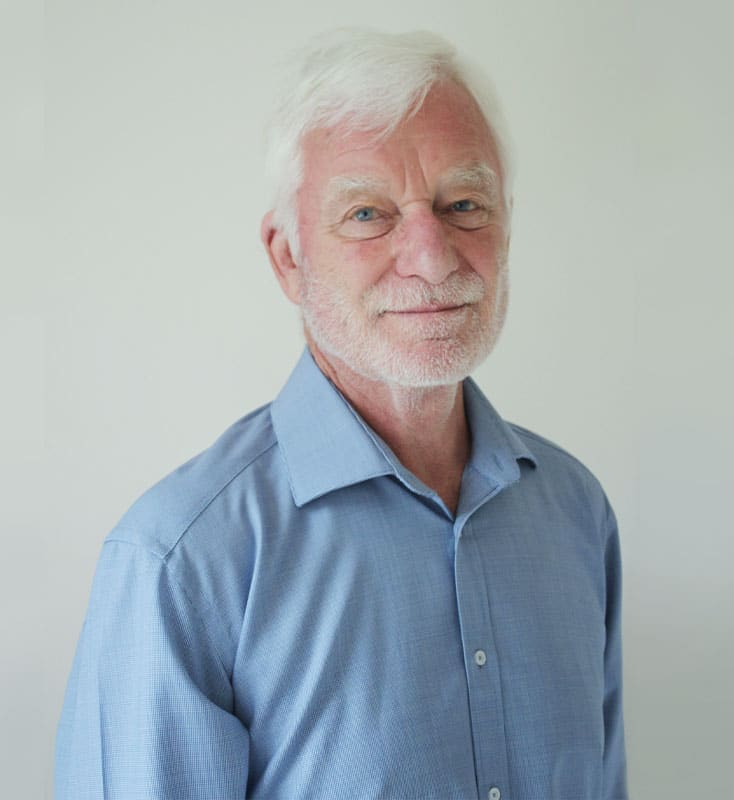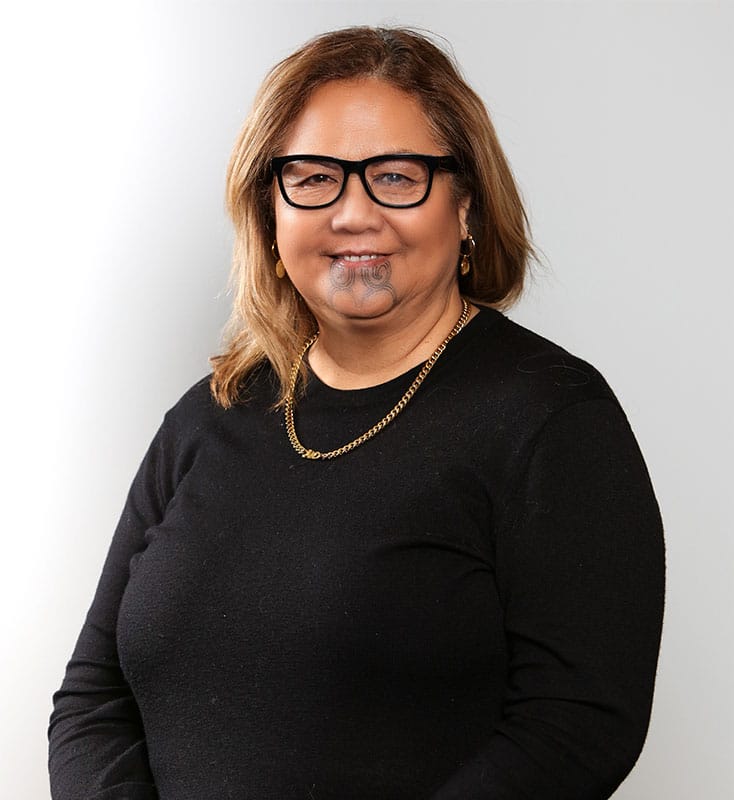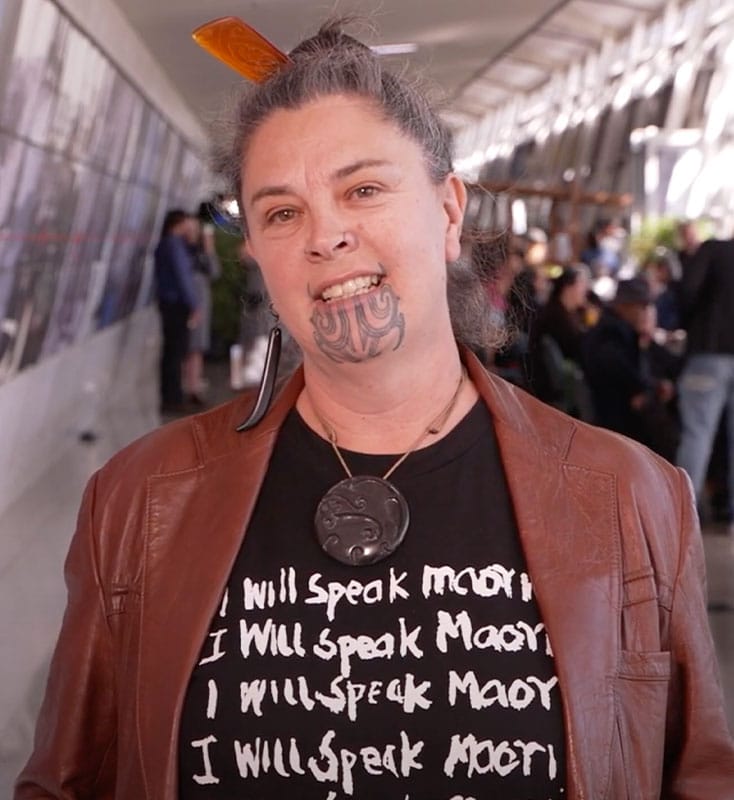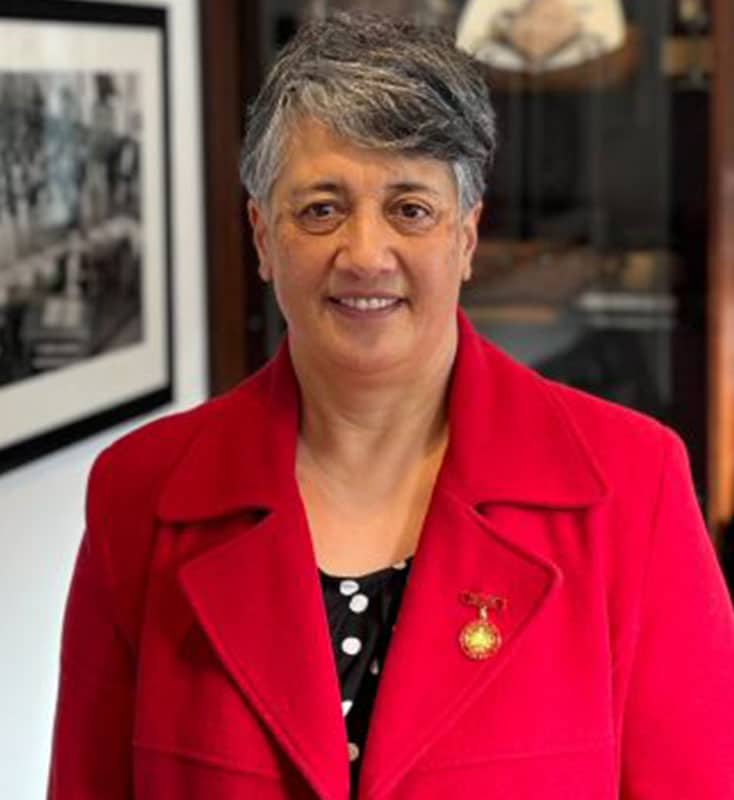Hoskins, R., Lee-Morgan, J., Knox, W., Dennis, H., Henry, L., Nathan, L., Smiler R. & Ratana, M.
Culture Housing Need Housing Schemes Planning & Design
Building Better Homes, Towns and Cities, ,
2019
Read Publication
This report is focused on integration of traditional Māori values with modern urban development.
The authors provide a comprehensive exploration of how marae (traditional Māori communal places) can play a central role in urban housing developments in Auckland, New Zealand. The publication discusses innovative strategies for marae to lead in creating culturally appropriate and sustainable housing solutions for Māori communities in urban settings. The authors delve into the challenges faced by Māori in urban areas, such as housing affordability, cultural dislocation, and community fragmentation, proposing marae-based kāinga as a solution that reimagines the role of marae in the contemporary urban landscape. Through detailed case studies, design principles, and planning guidelines, the work advocates for marae to become hubs of social and cultural resilience, providing not just housing but also fostering community cohesion and cultural identity among urban Māori populations. There is a significant amount of detail focused on the architecture and planning of these urban developments, providing floor layouts for a number of different models focused on: transitional housing, terraced housing for intergenerational whānau, communal living, student housing, and smaller individual and whānau units. These designs are based on the analysis of 42 hapū, taurahere and mātāwaka marae sites in Tāmaki. The study reveals how these development projects can preserve Māori cultural practices and traditions in urban settings, enhance community cohesion, and address Māori housing affordability through innovative, sustainable designs and collective land ownership. It underscores the importance of collaborative partnerships for project success and calls for urban development policies that recognise and support the unique needs and values of Māori communities, advocating for marae-based kāinga as a model for culturally sensitive and sustainable urban development. “Tūranga ki te marae, e tau ana” stands out for its holistic approach to urban development, integrating social, cultural, economic, and environmental considerations.


